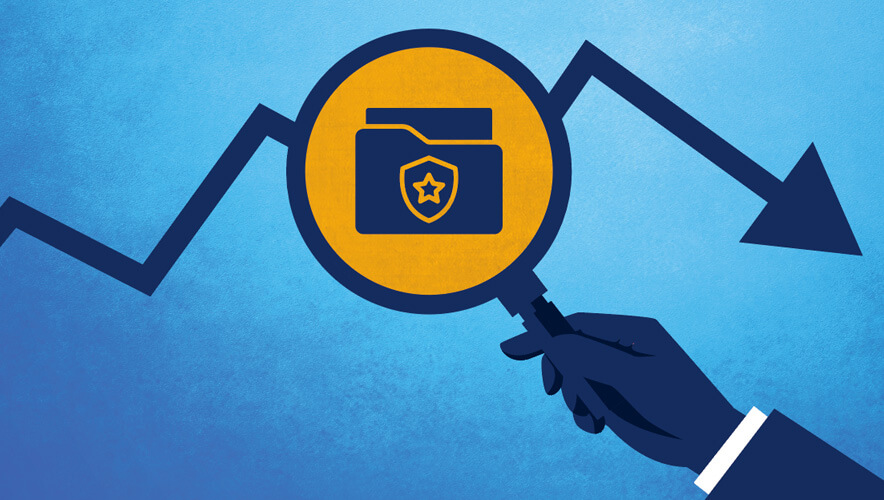Americans Reporting Lowest Victimization in Decades
The percentage of Americans who reported that they or someone in their household had been a victim of a burglary, property theft, car theft, vandalism, aggravated theft, physical assault, or sexual assault was at a 20-year low in 2020. According to Gallup, only 20 percent said a member of their household had been a victim of one of these crimes in the past year, and 13 percent said they were personally a victim.
Gallup began tracking these crimes in 2000, and the prior low in reports of household crime victimization—22 percent—occurred shortly after the 9/11 terrorist attacks in 2001 and then again in 2017. The high was in 2016—29 percent—when Americans’ self-reports of theft exceeded those in any other year.
The incidence of these crimes varies from 1 percent (aggravated theft) to 12 percent (simple theft).
According to Gallup, “the coronavirus pandemic could have had a role in the decline in crime, given that more people are staying near home. However, the reported incidence of crime had been receding before this year. What separates 2020 from recent years is that the occurrence of the seven crimes has been concentrated in a more limited number of U.S. households.”
For example, 9 percent of Americans reported their household had been victimized by two or more crimes, compared to 11 percent that had experienced one crime.
Gallup also recently began tracking Internet crimes. Americans were more likely to report they were a victim of an Internet crime in 2020; 14 percent said they had been the victim of identity theft, and 20 percent reported theft of personal, credit card, or financial information online.
Despite decreased victimization, perceptions differ. Americans were more likely to say there has been more crime in the United States. According to Gallup’s annual report on perceptions on crime, 78 percent of Americans said crime has increased nationally over the prior year, although they were less likely to perceive more crime in their local area (38 percent) than at any point since 2004.
